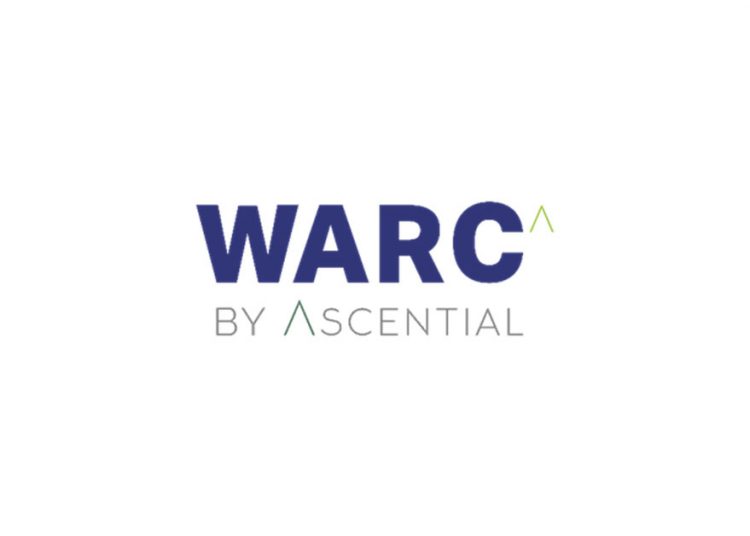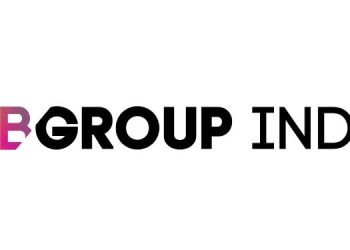International: Programmatic advertising – the use of technology to facilitate automated media trading – is at a crucial moment in its development. Whilst it has been transformative for some areas of advertising trading, it is becoming clear that there are limitations to audience-based buying. However, the emergence of connected TV, bringing a renewed focus on context, will create new opportunities in the programmatic world.
Context and connected TV: Reinventing programmatic is the main focus of a deep-dive into the technology chapter of WARC’s Marketer’s Toolkit 2020, an annual report that evaluates the influences on marketing strategies for the year ahead.
David Tiltman, VP Content, WARC, comments: “For this Technology chapter of our Marketer’s Toolkit 2020, we’ve assessed the drivers enabling new models, processes and possibilities.
“A key theme to emergeis dissatisfaction among marketers about the way programmatic has developed to date. As marketers look for greater effectiveness online, they are turning their focus to the benefits of contextual targeting, with some increasing their spend on traditional media, where they can retain control over where, when and in what context their ads appear.”
Nearly three-quarters (72%) of advertisers surveyed by WARC concurred that brand safety and context have become “more important” considerations than cost when planning media campaigns.
Tiltman adds: “As we look to the future, the next wave of programmatic technology will introduceaddressability to new quality media environments such as connected TV.The technology has enjoyed a surge in consumer adoption, particularly inmature markets, and promises to blend television’s mass reach withdata-driven precision targeting.However, advertisers must be prepared for a mess of standard and formats in 2020.”
Top themes highlighted in the technology chapter of the WARC Marketer’s Toolkit 2020 are:
The ad tech market is facing a major realignment
With brand safety andad fraud concerns, half of all brand respondents to WARC’sToolkit survey agreed programmatic has “failed to live upto its potential”.
Cheryl Calverley, Chief Marketing Officer, Eve Sleep, says: “We are here to build a brand as well as to harvest the sales. Whilst you might harvest a sale tomorrow, what you can’t see in your data and see in your numbers is the number of customers that have been, quite frankly, annoyed by your programmatic. Until I can find programmatic execution that is quality and delivers a quality environment, I will really struggle with it.”
The coming 12 months will be characterised by a new approach to ad tech for many brands. A third (34%) of respondents to the WARC Marketer’s Toolkit survey said they are looking to bring moread tech and programmatic buying in-house.
Contextual targeting is returning to the forefront of media planning
In light of concerns around programmatic audience targeting, media owners have revived age-old arguments over the benefits of context.
More contextual targeting products are expected in the market in 2020. Dentsu Aegis Network and the Centre for Amplified Intelligence are working to identify a new media trading currency based on the relative benefits of high and low attention, challenging the notion that high attention is the only valuable commodity for advertisers.
Mark Wagman, Managing Director, MediaLink, comments: “In a real-time world, a marketer must again prioritise targeting based on the consumer’s environment – whether text, sound, sight or motion. Publishers and content owners must too make operating against an understanding of contextual relevancy easy and painless.”
The next wave of programmatic will be driven by quality environments
Programmatic media stands at the cusp of its next phase– one which will see the automation of traditional media channels through connected TV, online audio streaming services and digital out of home (DOOH).
Media owners argue that these nascent addressable channels do not suffer from the same challenges facing digital media. For many marketers, the most interesting opportunities will arise when TV companies and OTTproviders can dynamically insert tailored and targeted video ads into live television streams.
Jill Baskin, Chief Marketing Officer, The Hershey Company, comments: “We’re making a fairly big bet next year on streaming TV. We’llbe looking at some of the biggest streaming services, likeRoku or Hulu, but also upstarts like Samsung. We’re going to place our bets in multiple places and see what’s the most effective.”
Other priorities relating to emerging technologies are largely the same as in previous years. Artificial intelligence (AI) remains a big focus for brands as they battle to make sense of, and then apply, the many data sources at a marketer’s disposal.
There is growing interest in enhanced payment technologies, reflecting the growth of e-commerce, particularly in Asia. With the rise of mobile payment apps, brands are having to evolve their payment strategies to meet consumers’ evolving payment expectations.
Voice remains a minority pursuit, and AR/VR will remain niche. The wave of interest in wearables and facial recognition has largely receded. Marketers remain unconvinced by blockchain, and just 13% expect to invest in it in 2020.
WARC’s Marketer’s Toolkit 2020, the definitive, evidenced-based and practical guide for marketers to plan for 2020, is centred on a survey of almost 800 client and agency-side practitioners around the world, combined with insight from a series of interviews with Chief Marketing Officers, backed by evidence from WARC Data, case studies and expert opinion.
The report, available to download here, covers five key drivers of change: society, tech, economy, industry and policy. A deep-dive into each of the five chapters including more on Technology, for which WARC has collaborated with sister Ascential brand MediaLink is available to WARC subscribers.

















